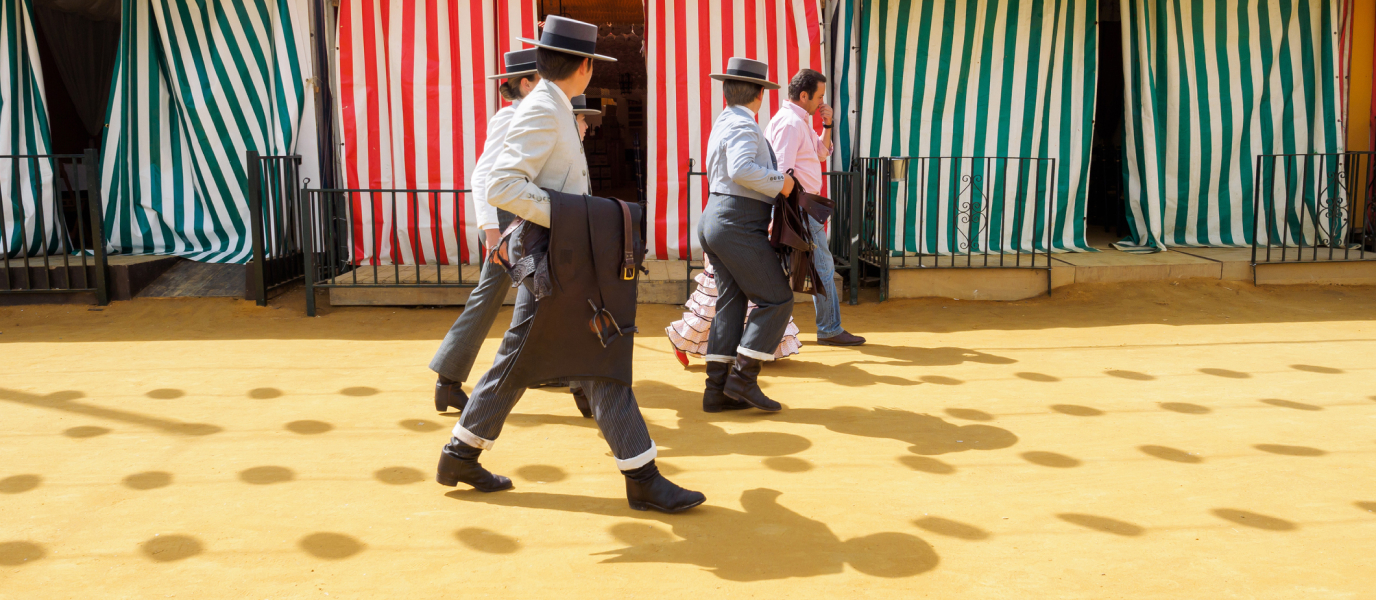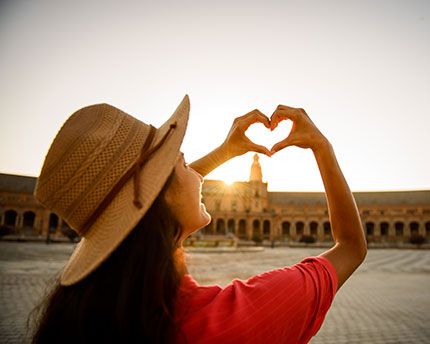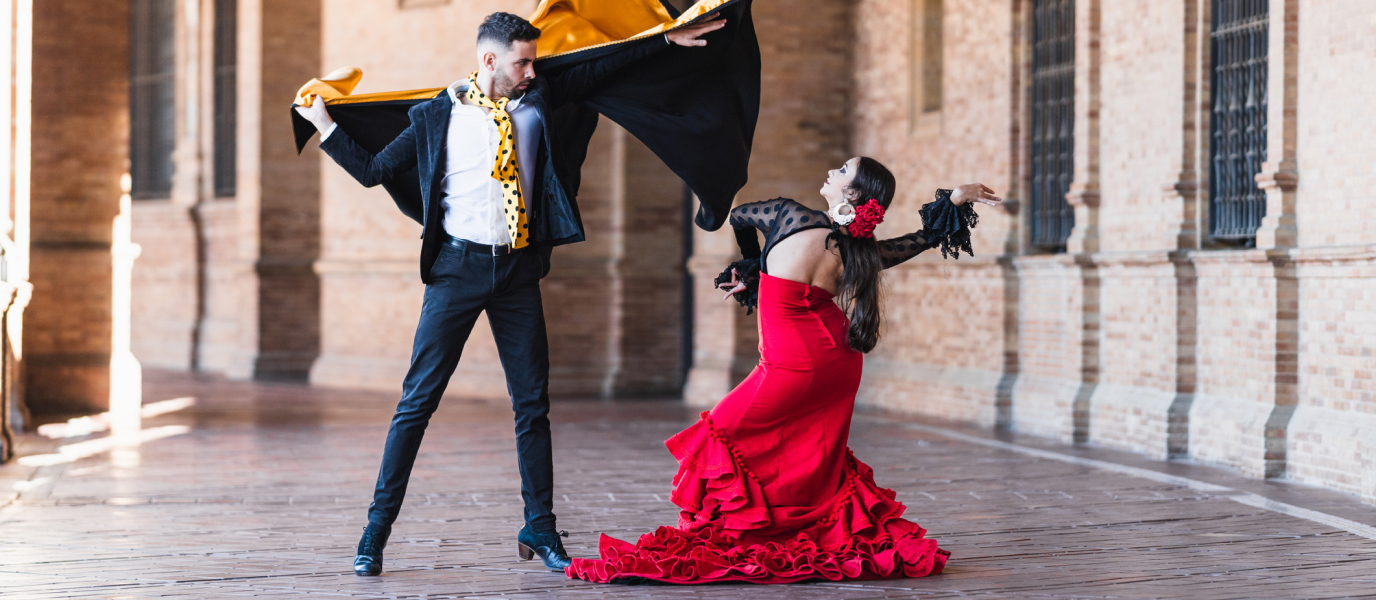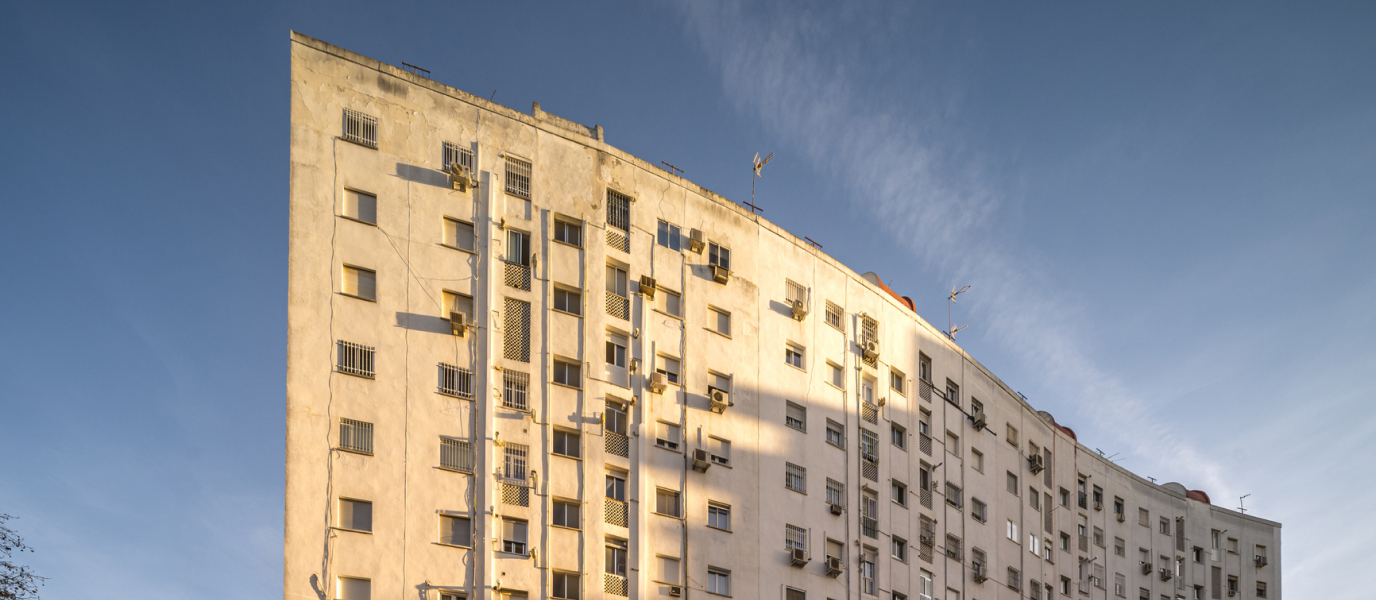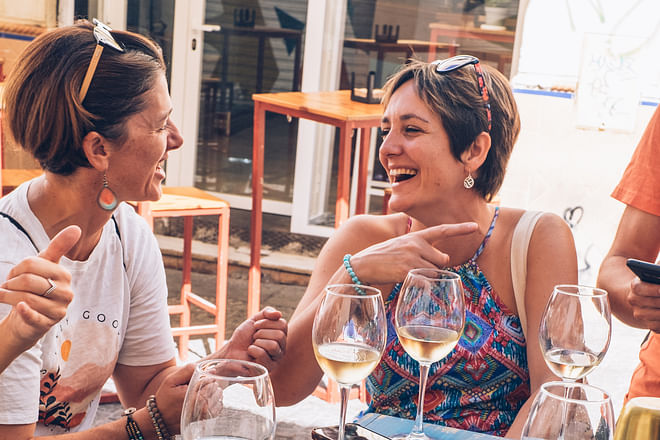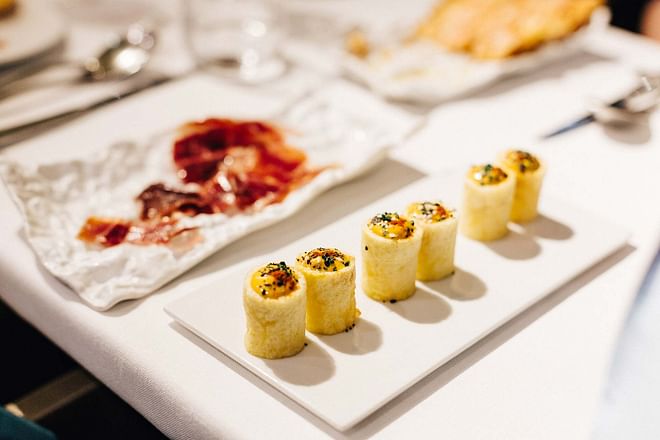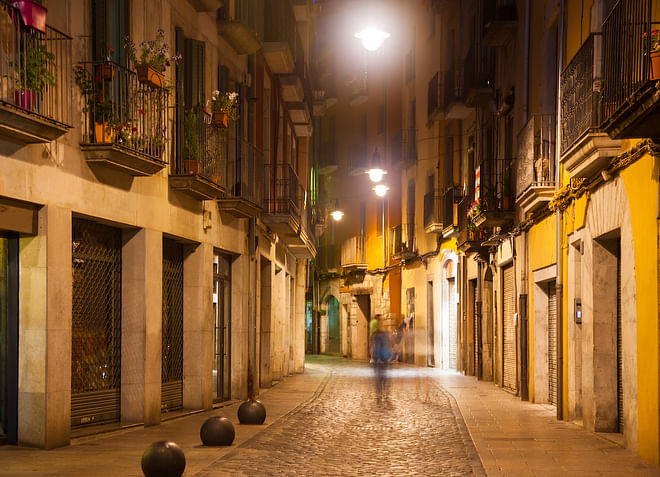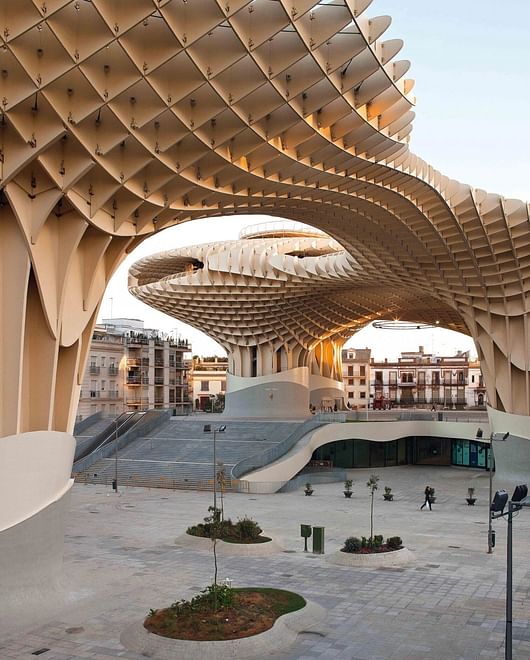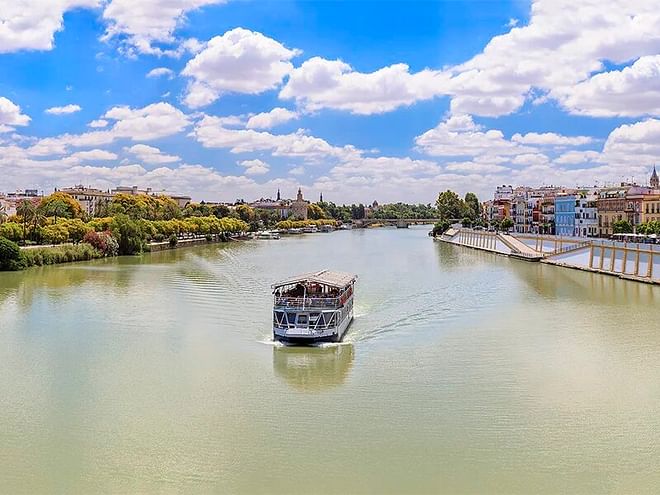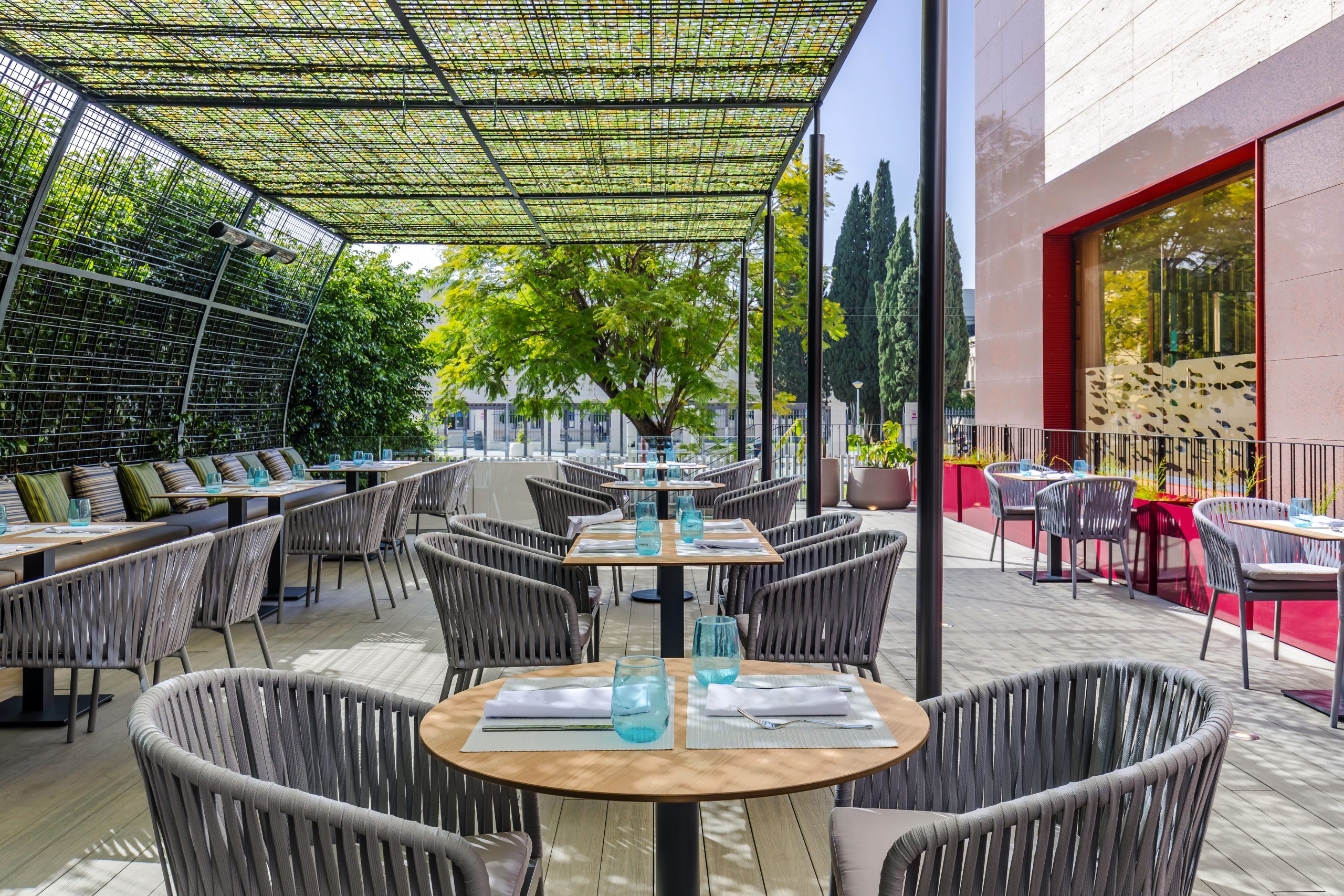A week in which Seville throws itself into its most international and most popular fiesta, declared a Festival of International Tourist Interest. The Feria de Abril is part of Sevillian identity, but was originally created as a livestock fair in 1847 by Narciso Bonaplata, from Catalonia, and José María Ybarra, from the Basque Country. It started as a celebration of spring in the month of April, but currently takes place two weeks after Holy Week, meaning it’s sometimes held in May.
Seville’s Feria starts on the Saturday with the switch-on and the ‘night of the fish’, the dinner that marks the opening of the ‘casetas’, or the large marquees that are the centre of the celebrations. At midnight, the crowds gather to watch the switching on of the lights that adorn the gates to the fair. A week later, it all ends with spectacular fireworks over the Guadalquivir.
The fairground, in the neighbourhood of Los Remedios, turns into a small city, with all the streets named after Sevillian bullfighters. The fairground or ‘Real’ is divided into fifteen streets lit by streetlamps and covered in the yellow sand that’s used in bullrings. In total, the fairground houses more than 1,000 casetas, the unique style of which was dreamed up by the painter Gustavo Bacarisas. Canvases with red and white or green and white stripes and frilly curtains provide shelter for wooden tables and chairs.
The fairground gates, which pay tribute to a different landmark in the city every year, are lit with thousands of bulbs. They can be up to 50 metres high. The days of the Feria are passed with people listening to music, playing guitar, dancing sevillanas, eating ham, prawns and buñuelos, and drinking rebujitos. And the Feria wouldn’t be the Feria without a bowl of puchero broth with a dash of sherry to recharge your batteries and keep the party going.
Public and private casetas
Casetas are generally understood to be family spaces in which people receive friends and guests, offering them typical food and drink and, of course, dancing sevillanas. The majority of casetas are private and you can only get into them if you’re invited by a member, but there are some public casetas that are open to everyone, including one especially aimed at tourists, with multi-lingual staff. Amongst other services offered, you can reserve a table for lunch or dinner at the times that visitors might usually eat at in their home countries. At the entrance to the Feria there’s an information point that lets visitors know where the public casetas are. They’re open from 12 midday to 3:00 AM, and are run by the city’s different districts, political parties and syndicates.
In the majority of them, you can get drinks with tickets that you have to first purchase at the till, which will be in the caseta or at the bar itself.
Although there is parking, it’s best to go to the Feria on foot, by horse and carriage, by motorbike, by taxi, or on public transport.
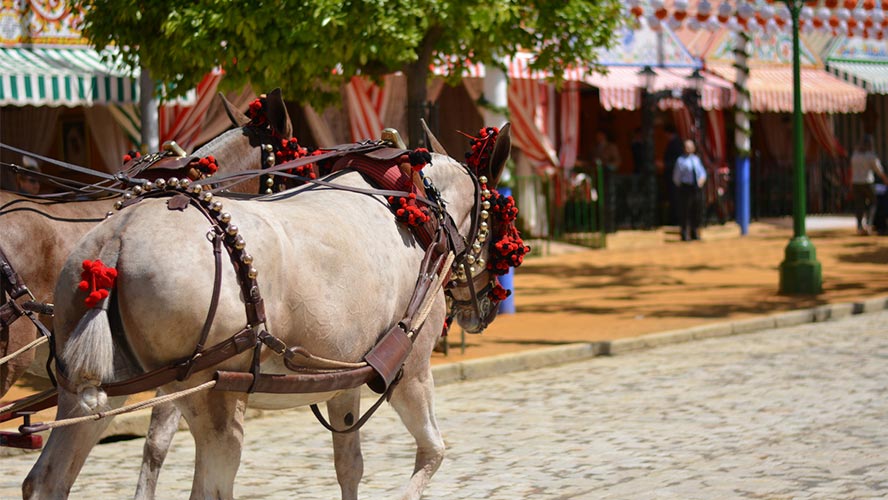
Carriage rides at the Feria de Abril
It’s quite a sight to see the horse-drawn carriages (internal link) arriving at the Feria bearing Sevillian women wearing flamenco dresses. This outfit has been an integral part of the Feria since the Exposition of 1929. In fact, it’s the only regional form of dress that has a fashion show exclusively dedicated to it, showing off the new trends for each season: SIMOF. Men attend the Feria in traditional country dress. Failing that, at night they wear suits and ties, and dress fairly formally during the day too.
Anyone can take part in the parade of horses during the day by renting a gig with a driver and ride alongside the horsemen and women or carriages. The best time to see the horses is at two in the afternoon before heading to a caseta for a few tapas with a glass of manzanilla sherry, or a rebujito. Rebujitos are a third sherry or manzanilla and two-thirds soda or lemonade, peppermint and lots of ice.
Calle Infierno is where you’ll find the tombola, the circus, and fairground rides. It’s like a big theme park.
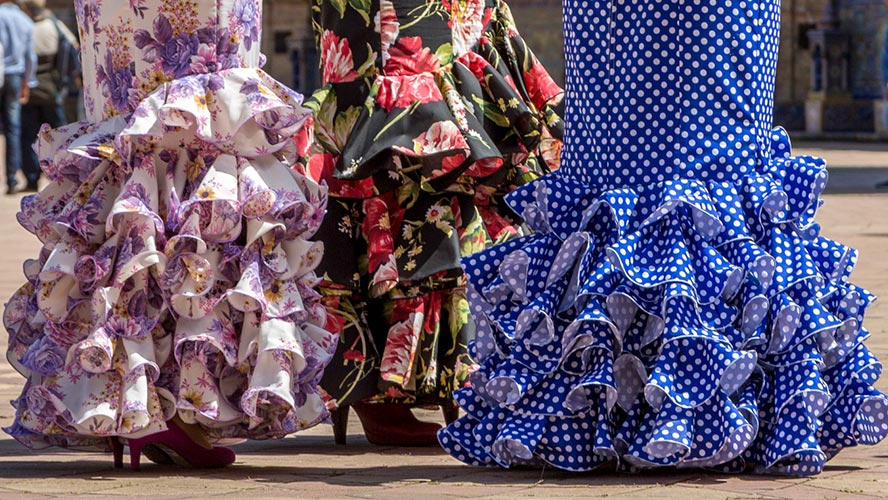
Bullfighting at La Maestranza
At 6:00 PM, it’s time to head to the La Maestranza bullring to witness the bullfighting. Seville is one of the cities where the bullfighting tradition is strongest, and its bullring is the oldest in Spain. Being triumphantly carried through the Puerta del Príncipe means that a bullfighter has made history. The ring, in the heart of the El Arena neighbourhood, is oval-shaped. During the sixteenth and seventeenth centuries, this neighbourhood was part of one of the world’s most important ports, from which ships set out to the New World.
Some casetas put on flamenco groups to entertain revellers during the afternoon. After the bullfighting, at 9:00 PM, people head back to the Real for dinner and to enjoy the Feria all night long, finishing up with some tasty buñuelos or churros with chocolate.




































































